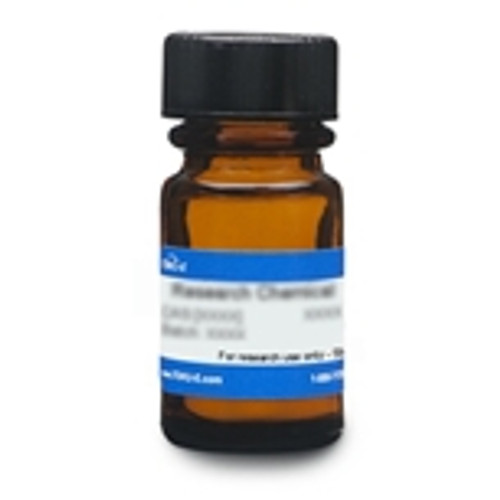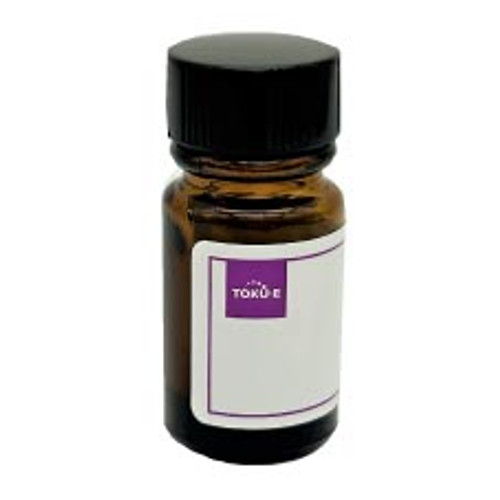Nitrofurantoin Sodium is the sodium salt of Nitrofurantoin, a broad-spectrum nitrofuran antibiotic that is used as a substrate for bacterial glycoprotein nitrofuran reductase. It is bacteriostatic against Gram-positive and Gram-negative bacteria. The compound has been found to have anti-cancer properties agains bladder cancer cells grown in vitro. The product can be used to study antibiotic resistance. Unlike Nitrofurantoin, Nitrofurantoin Sodium is highly soluble in water.
We also offer:
- Nitrofurantoin (N006)
| Mechanism of Action | Upon entering a susceptible cell, Nitrofurantoin is activated by bacterial enzymes and targets ribosomes and nucleic acids which inhibit bacterial growth and leads to death of the bacterial cells. Resistance to Nitrofurantoin may be chromosomal or plasmid-mediated. |
| Spectrum | Nitrofurantoin is effective against Gram-positive and Gram-negative bacteria. Nitrofurantoin is effective against certain β-lactam resistant strains of VRE or vancomycin resistant Enterococcus; a glycopeptide antibiotic resistant "superbug." It is also used against Enterococci, Staphylococci, Streptococci, Corneybacteria, and E. coli. Most strains of Proteus spp. and Pseudomonas aeurginosa are resistant to Nitrofurantoin. |
| Microbiology Applications |
Nitrofurantoin is commonly used in clinical in vitro microbiological antimicrobial susceptibility tests (panels, discs, and MIC strips) against Gram-positive and Gram-negative microbial isolates. Medical microbiologists use AST results to recommend antibiotic treatment options. Representative MIC values include:
For a representative list of Nitrofurantoin MIC values, click here. |
| Eukaryotic Cell Culture Applications | Nitrofuranton is toxic to human WI-38 fibroblasts in culture. and antioxidants can mitigate effect. On a molecular basis, glutathione peroxidase was the most efficient at protection (Michiels and Remacle, 1988). Nitrofurantoin can alter the morphology, viability, and phagocytic activity of bovine mammary polymorphonuclear leukocytes in vitro, when added at 1 mg/ml (Nickerson et al, 1995). |
| Molecular Formula | C8H5N4O5Na |
| References |
Cadwallader DE and and Jun H (1976) Analyt. Prof. Drug Subst. 5:345-373 Kamat AM ad Lamm DL (2004) Antitumor activity of common antibiotics against superficial bladder cancer. Urol. 63(3):457-460 PMID 15028437 Knudsen GM, Ng Y and Gram L (2013) Survival of bactericidal antibiotic treatment by a persister subpopulation of Listeria monocytogenes. App. Environ. Microbiol. 79(23):7390-7397 PMID 24056460 Nickerson SC, Paape MJ, Dulin AM (1985) Effect of antibiotics and vehicles on bovine mammary polymorphonuclear leukocyte morphologic features, viability, and phagocytic activity in vitro. Am.J. Vet. Res. 46(11):2259-2265 PMID 4073636 |
| Protocols | Nitrofurantoin powder and solutions are discolored by alkali and exposure to light and decompose on contact with metals other than stainless steel and aluminum. |







